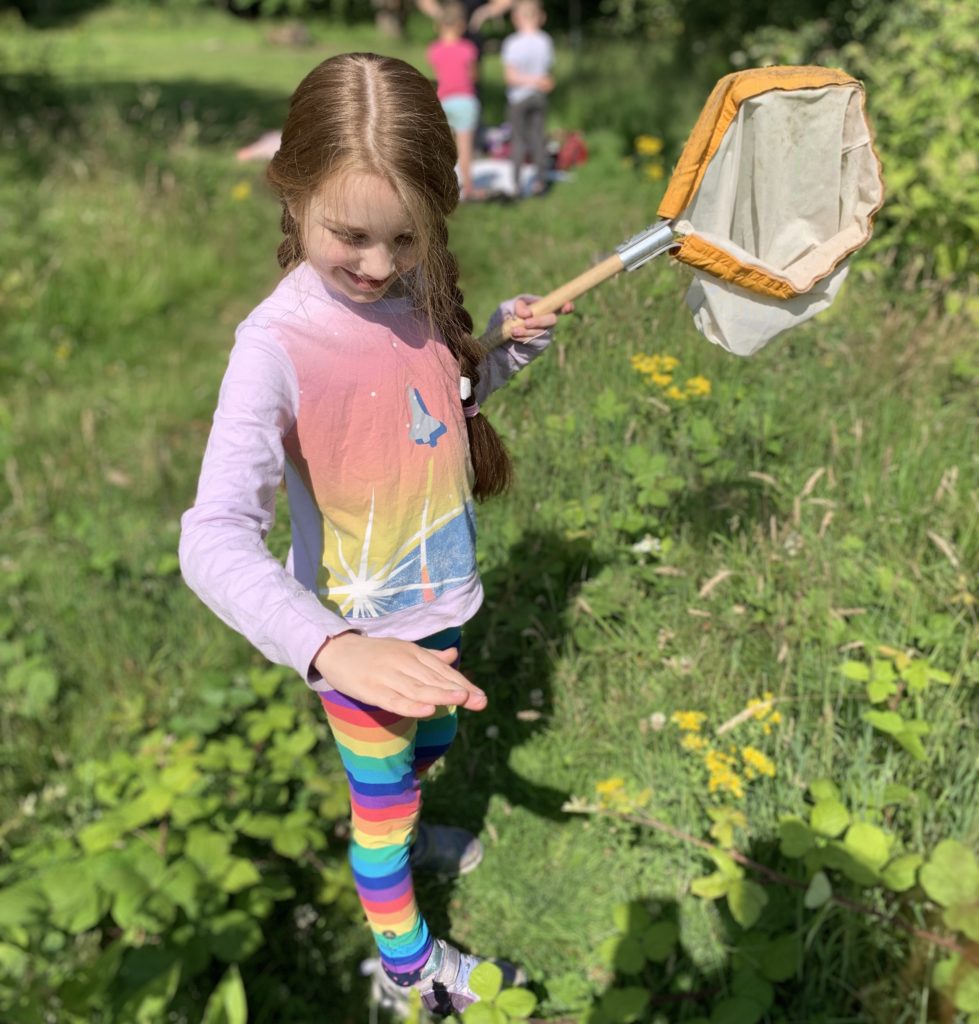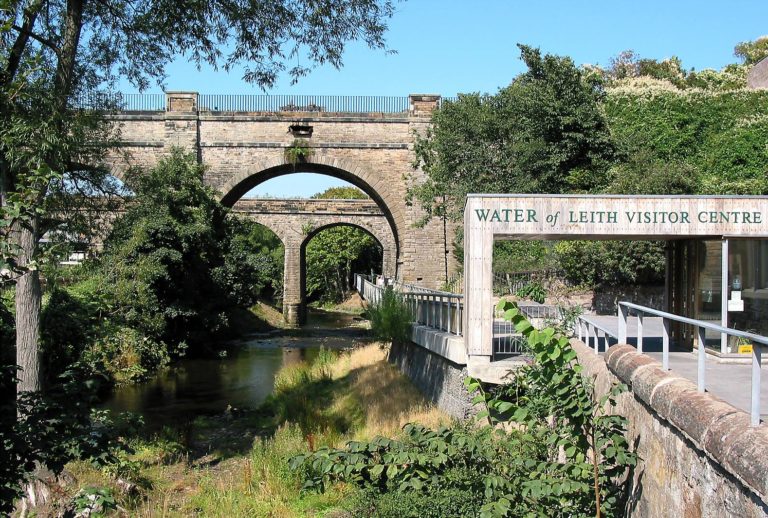It’s COP 26 and everyone’s talking climate change. Even the Primary Fives. Last week, I was with a class taking our ‘Rivers & Water’ programme, learning about how the water cycle works on the river and—best of all—searching in the river for invertebrates, as indicators of water quality. As we strolled along, a girl turned to me and her classmate and asked, “So, what do you think the worst thing about climate change is?” Before I had time to form a reply, she added. “I think it’s that all the fish are going to disappear from the sea.” “I think the worst thing,” mused the boy, “is that everyone’s going to get flooded out of their houses.”
As much as we might want to shield children from the horrors of climate change—not least because these children have already led close to a quarter of their lives in a global pandemic—climate change is everywhere and teachers across Scotland are rightly bringing it into their classrooms. We know that children process fear and grief differently from adults. When told of the death of a beloved grandparent, a child might ask a few questions and shed a tear, but then want to go play with friends or ask what’s for tea. But six months later, they start wetting their bed and they tell you they’re sad about Gran.
In the same way, the children in the woods were chatting about climate change in a very matter of fact way. The conversation quickly moved on to the contents of our packed lunches, but that’s not to say that they aren’t deeply affected by the potential impacts of climate change. It left me thinking again about the best ways to positively engage children in environmental issues, most specifically climate change.
American environmental educator David Sobel warns that if we introduce children to the environment as a problem, before they have made a personal connection with the natural world, children will shy away from nature as a place to be avoided and even potentially feared. He calls this ‘Ecophobia’. Instead, Sobel advocates introducing children to nature in an age appropriate way. In early childhood (ages 4-7), children’s geographic world is close to home and they should be learning and building empathy with the natural world on their street. As they begin to explore the world further afield (ages 8-11) they benefit from spending time in their local woods and park, building dens, or finding out what animals or plants live where and how they rely on each other for food. During early adolescence (12-15), many children spend less time in their local parks and more time going skateboarding with friends or going into town to the shops. This is a time when they are exploring community—a good time, according to Sobel, to start to engage them in social issues like climate change.
I have always closely followed Sobel’s guidelines in my own teaching practice here at the Water of Leith Conservation Trust. However, children are learning about climate change at an earlier age, partly because of the prevalence of media in our lives but also because children themselves have emerged as passionate advocates for climate action, led by Greta Thunberg and other inspiring youth leaders. So, how do we avoid our children developing ecophobia and seeing ‘nature’ as a traumatic problem, too large for them to fix?
Firstly, get children out of the house and classroom and into gardens, streets, parks and woodlands. After all, they cannot care for what they do not know and they cannot miss something they never knew they had. Bring their favourite toy and build a toy house out of sticks and dried leaves. Have them entranced by the lateral line of a fish, feel the softness of moss against their cheeks, take them on a night walk and see their fear of the dark transform into wonder at a crescent moon. Encouraging children to learn about and to be confident in their natural world is the most important contribution that we as educators and parents can make towards helping our children to become responsible stewards of the environment.
Climate change is a big and an overwhelming problem for children and adult alike. We all have our moments of ecophobia. But we at the Trust believe that the best way to counter moments of environmental fear is to take action. Sometimes we describe these actions in vague ways as ‘good for nature’. But be specific and explain to the children in your life how turning off the lights when you leave a room or recycling your clothes when you grow out of them reduces your carbon footprint; or how building a bug hotel in a park or woodland helps overwintering invertebrates find shelter in winter and protects biodiversity, thus building climate resilience. That way, children can feel proud of how they are actually taking positive action.
You can also bring children along as volunteers with us and come pick rubbish out of the river, create safe pathways for active travel through winter, or plant bulbs in our meadows. All these individual actions have a direct impact upon the planet and help children—and adults—feel part of a movement for positive change. This way we can enjoy the many wonders of the Earth and make positive steps towards protecting a planet upon which our children are learning—quite rightly—that our future depends.



